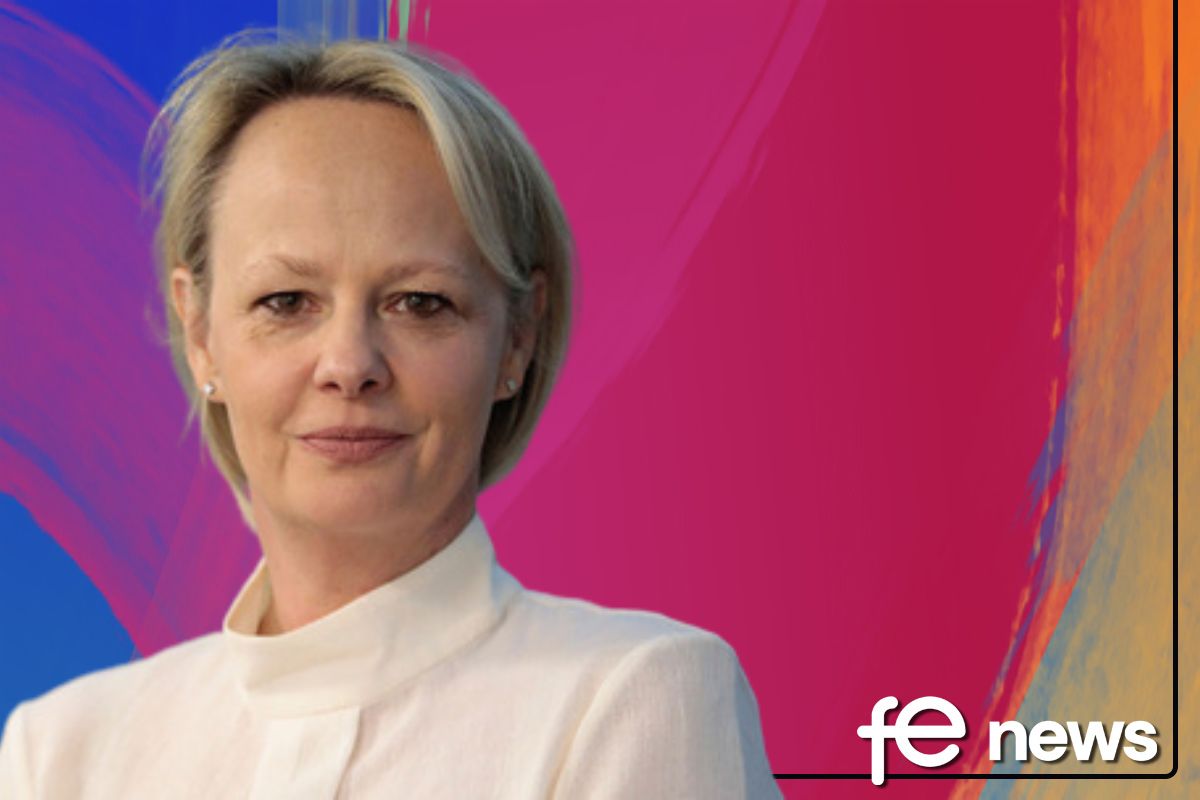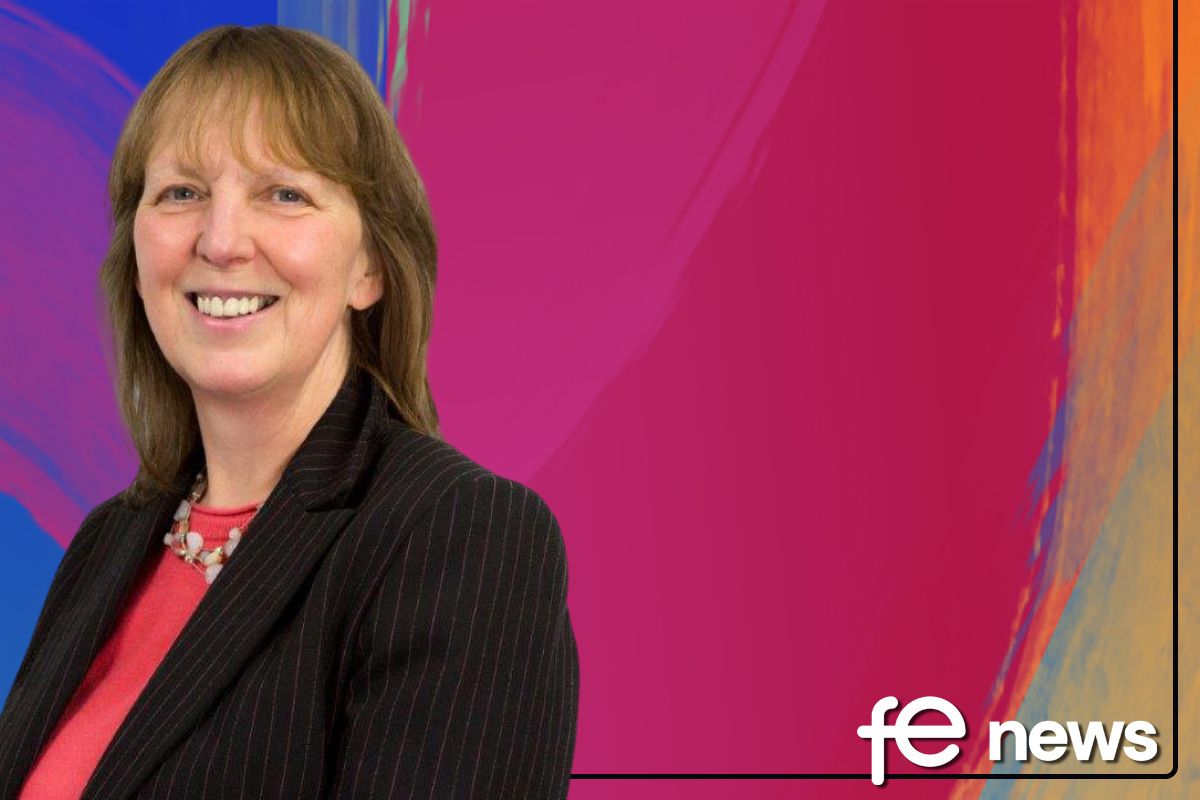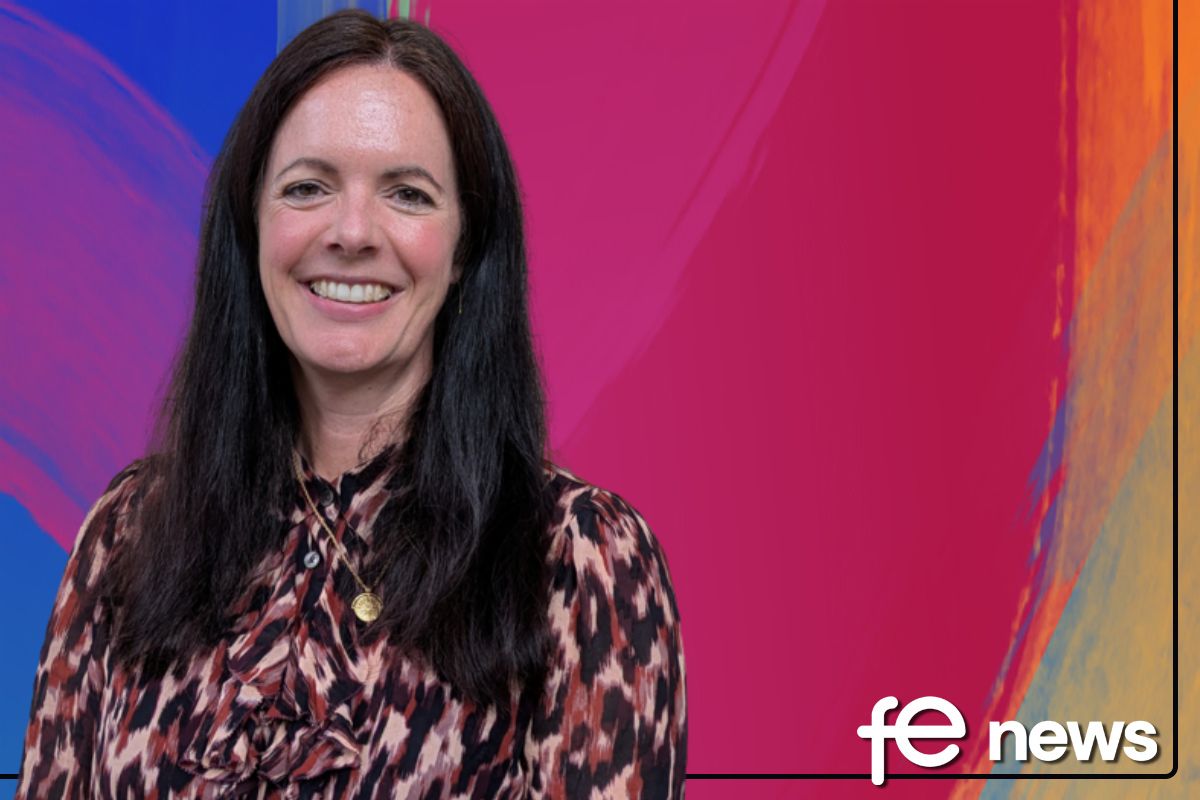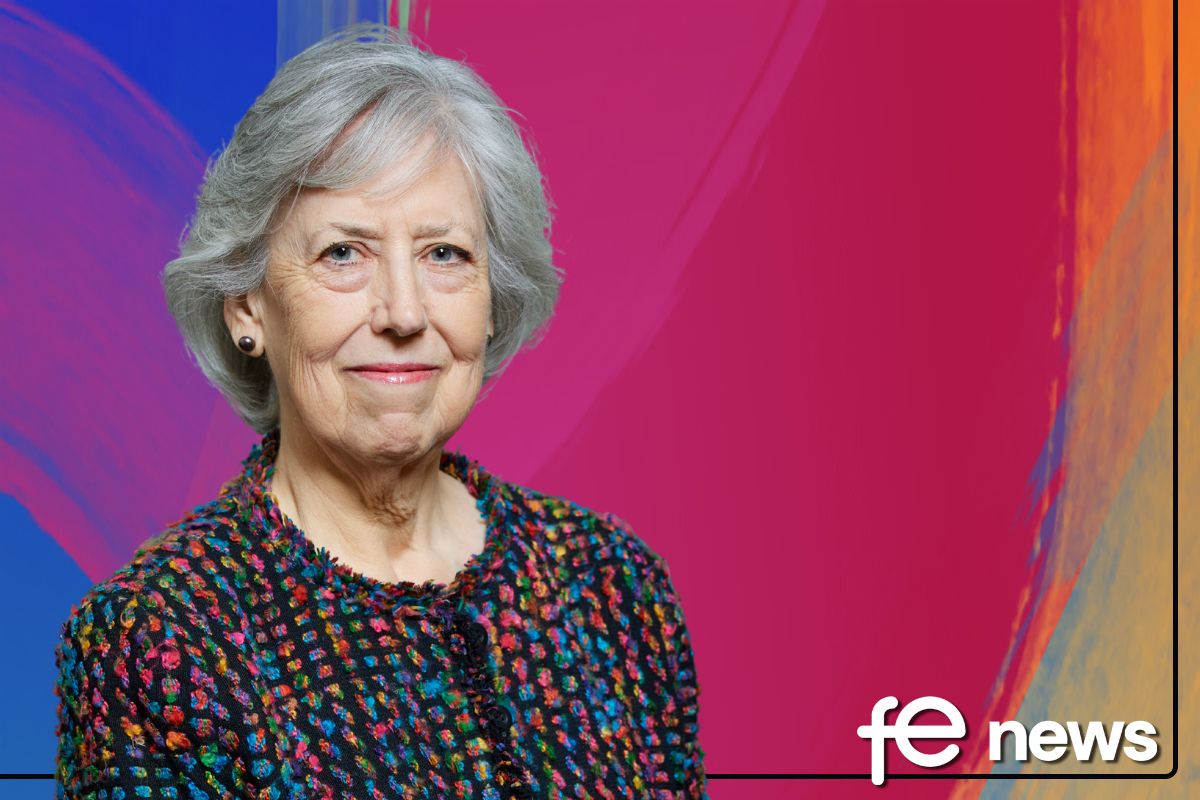Think a Robust EDI Policy Is Enough? Avoid these 5 Big Equality, Diversity and Inclusion Mistakes in 2019

If you’re a training provider, or involved in any sort of learning delivery, then you know how important it is to get Equality, Diversity & Inclusion right. And that’s not just because it’s been shown to improve performance, alongside apprentice satisfaction and retention.
It’s also essential because Equality, Diversity & Inclusion for apprentices is something that you’re obliged to cover as part of your responsibilities to learners, which means it’s something that Ofsted look at. Then there are the various legislative frameworks and the Equality Act 2010 that you need to take on board.
Responsibilities around Equality & Diversity training can make many training providers and employers nervous, and understandably so. We’ve all heard the news stories and seen the PR disasters that happen when a business gets it wrong.
What’s surprising is that these Equality & Diversity-mess-up stories often relate to big name companies. We’re talking about the kinds of organisations that have well- resourced HR departments with designated Equality, Diversity & Inclusion teams.
While it can be easy to make mistakes, nowadays most organisations that get into trouble over Equality, Diversity and Inclusion aren’t racist or sexist or bigots or stuck in the dark ages.
They’re more likely to be well-intentioned people that are unaware of how to make the difference between ticking boxes and creating a genuine Equality, Diversity & Inclusion culture.
|
The Boston Consulting Group has revealed that almost half of UK workers say their employer has failed to make any progress on D&I in the past three years. The research revealed the cost of ignoring D&I, as people who do not believe their company is committed to diversity are three times more likely to leave their job in the next three years than those who do. |
||||
 |
… |
Sarah Kaiser – Employee Experience, Diversity & Include Lead at Fujitsu EMEIA – has shared her thoughts on this: “What this report makes clear is that anyone connected to an organisation in any capacity wants to hear how their employer feels about D&I and what they’re doing about it. The time has passed for apologising, organisations need to urgently take action and ensure they are facilitating an entirely diverse and inclusive workforce. “It is only by engaging a diverse array of people in business that we can hope to protect the future competitiveness of the UK economy. And from enhancing agility to innovation and customer relationships, Diversity and Inclusion (D&I) programmes are crucial for improving business performance, continued growth and success. After all, when we get D&I right, everyone – from individuals and teams to the broader business – benefits. And in a progressively diverse and digital world, if we fail to foster a whole group of talent properly it will prevent the UK from seeing a prosperous economy.” |
||
Surely, you may think, if they get things wrong there’s not much hope for the rest of us?
Actually, the size of the organisation is usually irrelevant. The mistakes made by businesses large and small don’t usually require expensive fixes. Often, all that’s needed is a change of thinking, a bit more flexibility and a grasp of what the real issues are. A few tweaks can be all it takes.
I’ve worked with training providers for many years, helping them get important messages out to their learners, teams and clients. During that time I’ve identified five big mistakes that many businesses make, while trying their best to build a strong and lasting Equality, Diversity and Inclusion culture.
Avoid these 5 Big Equality, Diversity and Inclusion Mistakes in 2019:
Mistake Number 1 – Thinking a Robust EDI Policy is Enough
Mistake Number 2 – Focussing on What You Should and Shouldn’t Do
Mistake Number 3 – Limiting Good Practice to the 9 Protected Characteristics
I’m going to describe them to you over the next few issues of FE News so that you can avoid those mistakes in your own organisation.
Mistake Number 1: Thinking a robust policy is enough
For most training providers, the Equality, Diversity & Inclusion strategy starts with a lengthy and comprehensive Equality, Diversity and Inclusion Policy. It’s a really good place to start. The trouble is, that for many organisations the strategy not only starts with the policy, it ends with the policy. The organisations in question think that once the policy is written, distributed and proudly displayed, then the strategy will take care of itself.
A policy is not action. So it’s vital that you’re clear on the difference between the writing of a policy and the action that needs to take place to implement it.
Your policy is important. But it should be the starting point for your Equality, Diversity & Inclusion practice. It’s not the practice itself.
How many people in your organisation have read your policy slowly and carefully and really taken time to think about how they can act on it?
Perhaps your teams read it as part of the induction process and are required to answer questions about it. That’s good. They’ll read it closely and think about what they’re reading. But what happens after that?
Are you convinced that staff are genuinely well prepared for dealing with conflict, uncertainties, fairness, inclusion and all the other aspects of building an Equality, Diversity and Inclusion culture?
Ask yourself – exactly how is your policy actioned on a day-to-day basis? Is it really part of what goes on in your business? The answer is probably ‘yes and no’.
I don’t want to undermine the importance of a good policy. Creating it can really get you thinking about best practice and it helps an organisation to set out clear and attainable aims. Many businesses are rightfully proud of the work put into their policies, often describing these policies as ‘robust’.
Funny old word, robust. We hear it a lot these days. It’s frequently used about things like Equality, Diversity & Inclusion policies. It’s a sort of ‘armour’ word – to protect us, and show that our intentions were good and correct, even if the results aren’t that great. When a dispute or challenge arises, we often hear that the organisation in question stated that ‘…they had a robust policy in place.’
A robust policy may be full of good intentions and excellent templates for good practice, but the problem is that, all too often, POLICY DOCUMENTS ARE POOR COMMUNICATION DOCUMENTS. And the message gets lost.
Effective Equality, Diversity & Inclusion training is all about good communications: channels that are always open and always straightforward.
The nature of policy documents is that they tend to be dense with corporate-speak, which can lead to ambiguity. Policy documents also tend to contain quite a bit in the way of vague good intentions, but no indication of how those intentions will actually be implemented. (Organisations sometimes create long lists of good intentions within their policy document in an attempt to ‘tick the boxes of legal requirements’.)
So a policy might have statements like ‘…we will endeavour at all times and within all reasonable practicality to ensure that we eliminate discrimination and prejudice…’ It’s a laudable aim.
But what does this endeavour look like? How are you ensuring you eliminate discrimination and prejudice?
A policy probably says that you’re ‘…committed to promoting equality and diversity…’. Good for you; that’s an important commitment. The question is – what does that commitment look like in terms of action? What are you actually doing to promote it?
A policy might say you’re being proactive in ensuring inclusion. Are you? What exactly is this proactive behaviour?
Your policy could say that you’re striving to eliminate discrimination. That’s good. Striving is a strong word. It means that you’re making a great effort to achieve something. So, what is this striving that you’re doing? What actions are you taking that involve making a great effort to get you closer to your goal of eliminating discrimination?
To turn your policy into action, you need to make it a regular part of conversation. This might sound like another big job to add to a long list, but that’s not the case.
To avoid Equality, Diversity & Inclusion mistake number 1, start by creating a simple list. Write down the various intentions outlined in your policy. Put them in the simplest terms you can.
For example, you could start with:
- We aim to be proactive in ensuring inclusion.
- We want to eliminate all discrimination, to our staff and our clients.
Once you have a list of intentions, you need to bring them out into the open and make them regular discussion points. You don’t have to do it all at once. You could start by looking at just one intention. Make the discussion as open as possible – ask for ideas from people in different roles and different teams. It could be as simple as a ten-minute chat that forms part of a regular team meeting.
For the example above, you might want to get the ball rolling by asking people what they think ‘ensuring inclusion’ means. Who might be excluded? How inclusive are we at the moment? What actions can we take to be more inclusive, however small?
The ideas and actions that come up will help to bring your policy to life, making it more than just words on paper.
Some ideas and actions may seem too big and costly to be practical, but usually it’s the small and simple actions that make a real difference to an Equality, Diversity & Inclusion culture.
Once you have some ideas, think about how they can be implemented simply, in a way that enhances the lives of staff and learners. This is NOT about extra tasks, red tape and rigmarole. It should be the opposite.
Conversations like this are an essential part of Equality, Diversity and Inclusion training. Your own staff, and their ideas and opinions are a vital resource. Don’t limit your Equality & Diversity training to top-down programmes, from experts to staff. The open conversation is what will enable you to create the actions specific to your apprentices, your staff and your business
Keep it simple and keep the discussion fresh and up to date. Easily actionable small tweaks accompanied by good messaging can make a world of difference.
Johnny Johnson works with training providers, delivering Equality, Diversity, Inclusion and Safeguarding training that’s straightforward and effective.











Responses